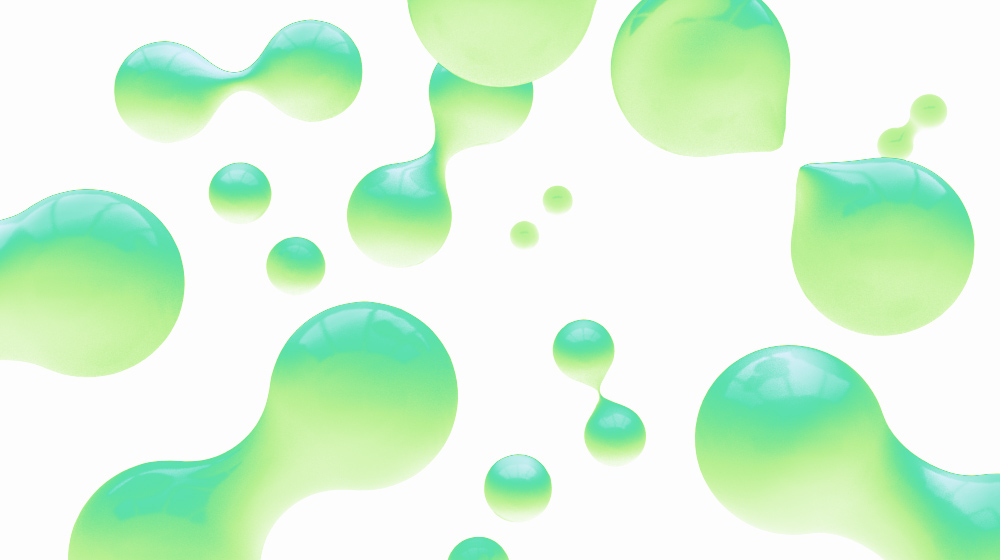We seem to think that fats are merely an energy storage mechanism and that is obviously far from the truth.
We all need to do a refresher of current biological knowhow. It is slowly shedding the ocean of ignorance it came out of.
this helps though reading many reports can get the picture ,a working synthesis is always welcome.
Fats Are Actually Quite Useful
By YASEMIN SAPLAKOGLU
Mon, Oct 14 at 5:10 AM
https://mailchi.mp/quantamagazine.org/why-colliding-particles-reveal-reality-2493269?e=69d36d2113
We constantly hear advice about what kinds of fats we should or shouldn’t be eating: saturated bad, omega-3s good. Enjoy the almonds and salmon, limit the margarine and deep-fried fast food. But we rarely think about what these fats actually are: varieties of biomolecules called lipids, which are much more than just things we consume. Recently, lipid science has advanced to better define the myriad roles these molecules play in our cells and bodies.
Lipids are “a lot more complex than people have recognized,” said Jacob Winnikoff, a researcher at Harvard University who studies how pressure impacts the lipids of deep-sea animals. “We have better tools to look at them now.”
Besides storing energy as fat, lipids are best known for encircling and protecting every living cell on Earth. The molecules form an effective barrier — the cell membrane — because most lipids are hydrophobic, meaning that they hate water (which is why oil and water don’t mix). The lipid molecules that make up cell membranes have a hydrophobic head and two hydrophilic, or water-loving, tails. As a result, they naturally line up: heads on the outside, tails on the inside.
This inherent ordering allows the lipid layer to act like a house: protective, but with doors and windows. The membrane is sturdy enough to keep a cell’s contents safely inside, but flexible enough to allow molecules to flow in and out as needed, to signal between cells, for example. Lipids may have helped organize molecules before and during life’s origins. Their “just right” formations help living things adapt to extreme environments. And they are becoming increasingly important in medicine for vaccine delivery and as potential cancer targets.
Although lipids aren’t as flashy as proteins or DNA, they’re finally drawing overdue attention for their complexity and varied functionality. They’ve even begun to gather a few groupies. A few months ago, Winnikoff ran into five or so other “lipid people” at a conference. They wore friendship bracelets that spelled out “❤️ Lipids.” “We’re totally like lipid hipsters,” Winnikoff said. We’re now learning more about the range of neat roles lipids play in cells — some expected, others not so much.
What’s New and Noteworthy
Deep-sea animals survive under pressures strong enough to stifle the cellular function of any surface dweller immediately. It turns out that lipids help the denizens of the depths hold their shape. Researchers, including Winnikoff, used a particle accelerator to discover that three-quarters of the lipids in deep-sea comb jelly membranes are plasmalogens, an unusual, curvy lipid that, under the pressure of the deep sea, conforms to the correct shape needed for a sturdy yet flexible membrane. Plasmalogens are also prevalent in the human brain, pointing to a potential role in cell signaling.
Surprisingly, lipids also help us see. In mammalian eyes, mitochondria serve as microscopic lenses that focus light onto photoreceptors, which convey signals to the brain. How do mitochondria do this? With the help of lipids. Like many organelles within cells, mitochondria are surrounded by lipids, which have a natural ability to bend light. “They’re just the best material to achieve this function,” said Wei Li, a senior investigator at the National Eye Institute and senior author on the paper describing this process. In a similar way, lipids form so-called oil droplets in the retinas of birds and reptiles that filter color and potentially also work as tiny lenses.
Because all cells have lipid membranes, we can’t talk origins of life without considering how and when the fatty molecules got involved. David Deamer, a professor emeritus at the University of California, Santa Cruz, has a theory that on the young Earth, lipids could have built up along the edges of hydrothermal pools. There, they may have helped collect biochemicals into molecules such as RNA and then surrounded them to form proto-cells that gave rise to life as we know it. “You can’t do chemistry without a compartment,” Deamer said. “On the early Earth, each membrane was an experiment in life.”

No comments:
Post a Comment